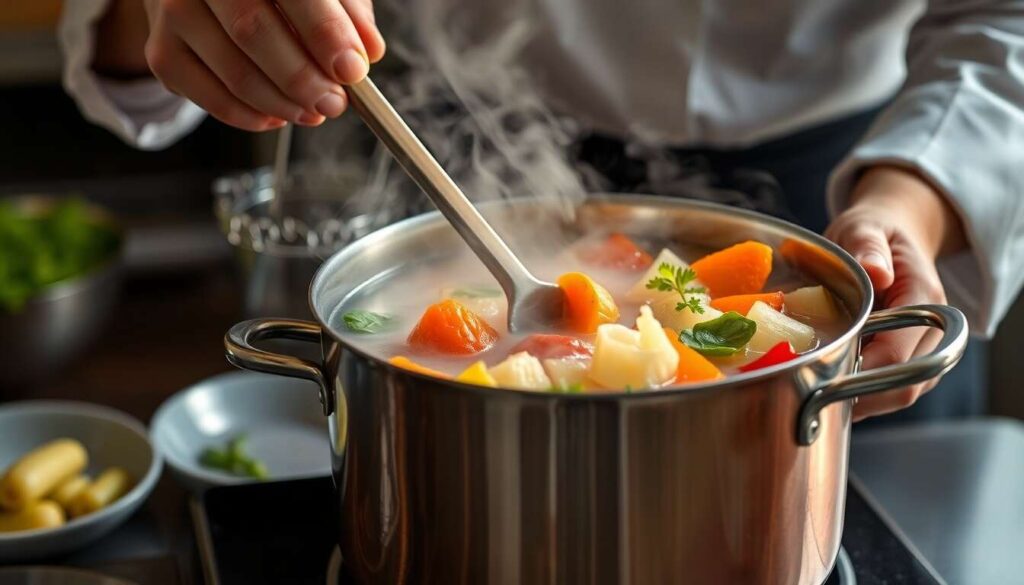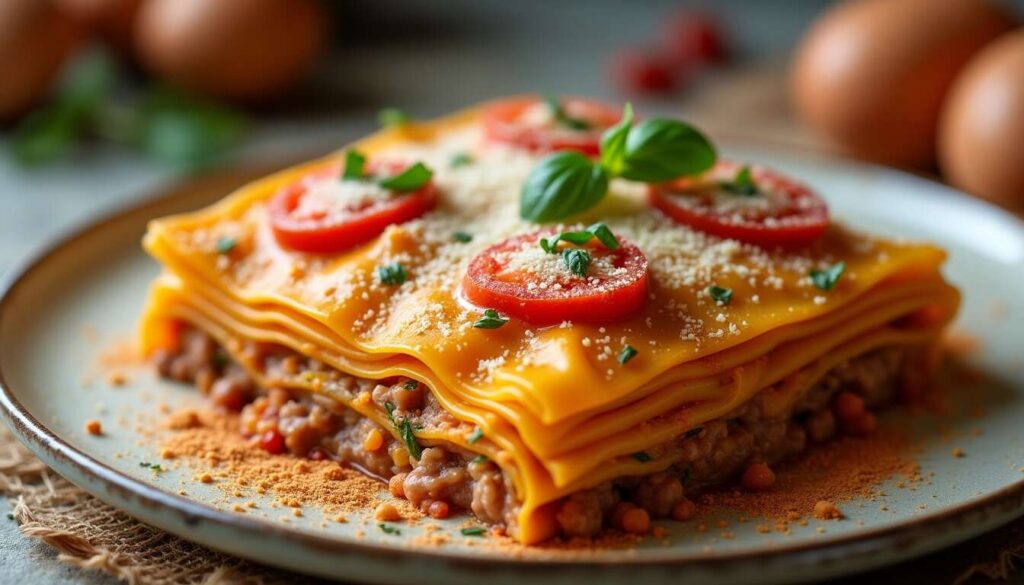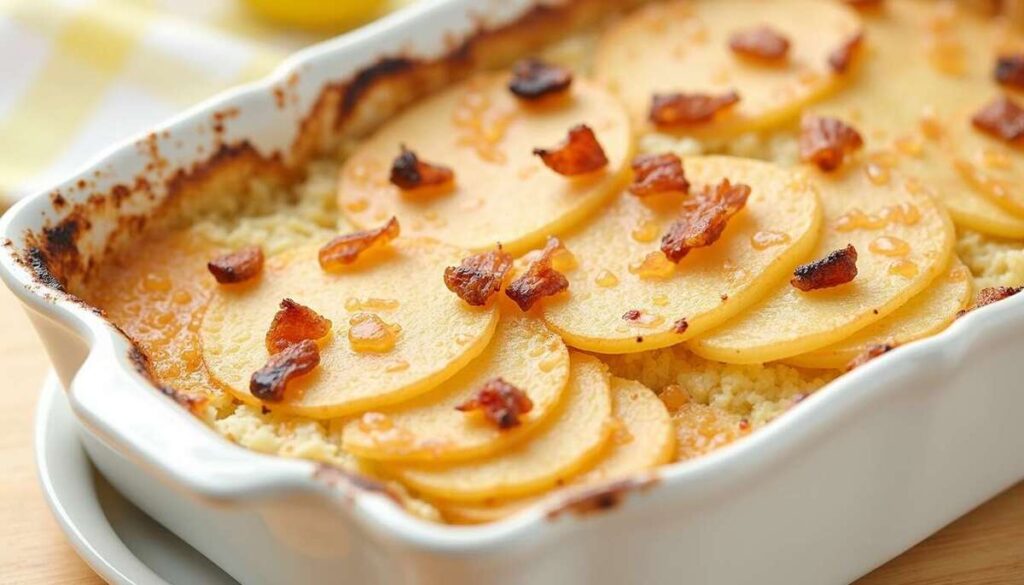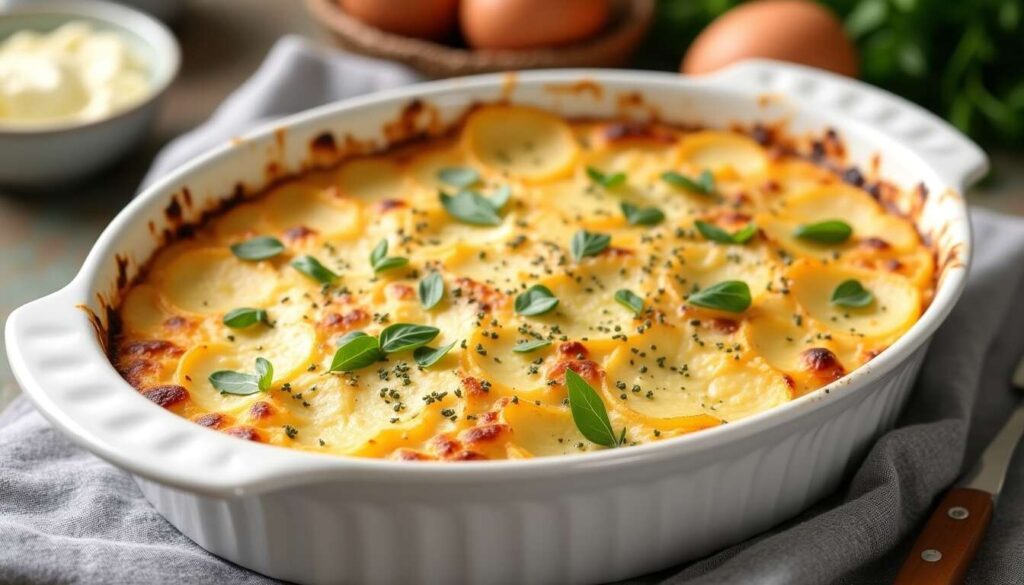Cooking with water is often seen as a straightforward technique, primarily employed for pasta and vegetables. However, to avoid drowning flavors, specific methods endorsed by chefs exist that preserve the texture, taste, and nutrients of the ingredients. Here is an overview of essential tips and techniques to master this culinary art.
Understanding Water Cooking: The Art of Enhancing Flavors
Fundamental Principles of Water Cooking
Water cooking relies on a precise understanding of thermodynamic reactions. The key is to heat the water gradually to ensure even cooking. Mastering temperature control is crucial to prevent some ingredients from becoming mushy while others remain raw.
Benefits of Water Cooking
Cooking in water helps retain a significant portion of the nutrients in the food. This method also limits fat intake, unlike techniques such as sautéing or frying. It preserves the color of vegetables, especially with proper blanching.
Potential Drawbacks and How to Avoid Them
- Flavor loss: Enrich cooking water with herbs or broth.
- Overcooking: Adjust the cooking time based on the thickness of the pieces.
- Texture issues: Avoid excessive stirring to prevent breaking the food.
Mastering these elements allows you to elevate the flavors of your dishes while maintaining the nutritional benefits of each ingredient.
Choosing the Right Utensils: The Importance of Equipment
Suitable Pots and Saucepans
Selecting an appropriate pot or saucepan is essential for even cooking. Professionals recommend materials like stainless steel or enameled cast iron, which offer excellent thermal conduction.
Essential Accessories
- A tight-fitting lid helps retain heat and reduces cooking time.
- A slotted spoon for removing ingredients without splashing.
- A thermometer, especially for meats, to check internal temperature.
Using the right equipment not only optimizes cooking but also simplifies the process to achieve professional results.
Temperature and Timing: Keys to Preserving Nutrients
The Significance of Temperature Management
Maintaining an appropriate temperature is crucial to prevent the destruction of heat-sensitive vitamins, such as vitamin C. The water does not always need to be boiling; instead, opt for a simmering temperature to cook foods gently.
Calculating Cooking Times
Each food item has a specific cooking time that should be adhered to in order to avoid nutrient denaturation. For instance:
| Food Item | Cooking Duration | Recommended Temperature |
|---|---|---|
| Potatoes | 15-20 mins | 85-90°C |
| Broccoli | 3-5 mins | 80-85°C |
Taking these parameters into account allows you to preserve the maximum nutrients while ensuring perfect cooking.
Mastering Seasoning: The Role of Salt in Cooking
The Impact of Salt on Cooking
Adding salt to the cooking water is essential to enhance the natural flavors of the ingredients. This promotes osmosis, allowing the seasoning to penetrate deeply into the food.
Ideal Amount of Salt
A simple rule to follow: about 10 grams of salt per liter of water is a good reference. Too little salt can make the cooking flavorless, while too much can ruin the dish.
By correctly adjusting the seasoning, you can achieve a flavor balance that highlights the natural tastes of the products.
Using Aromatics: Enriching the Cooking Water
Common Aromatics
Adding aromatics like thyme, bay leaves, or garlic can profoundly transform a simple vegetable broth. Utilizing these ingredients allows you to introduce additional layers of flavor effortlessly.
Effective Use of Aromatics
- Add herbs towards the end of cooking to avoid bitterness.
- Use an infuser bag for easy removal of herbs after cooking.
- Avoid overly strong aromatics that could overshadow the flavors of the food.
Aromatics enhance the cooking water and provide an extra dimension of flavor to your preparations.
Adapting Cooking for Each Ingredient: Tips for Vegetables and Meats
Specific Techniques for Vegetables
Selecting the right cooking method for each vegetable is essential. For example, green vegetables should be cooked quickly to preserve their vibrant color, while root vegetables require longer cooking times.
Cooking Meats in Water
When it comes to meats, cooking in water demands a skillful poaching technique, especially for pieces like chicken or beef. Here are some tips:
- Use a marinade to infuse flavors into the meats prior to cooking.
- Ensure the water remains simmering, especially for delicate cuts.
Appropriate cooking methods help showcase each ingredient, whether plant-based or animal-based.
Advanced Techniques: Water Cooking vs. Steaming
Comparing the Two Methods
| Aspect | Water Cooking | Steaming |
|---|---|---|
| Nutrient Preservation | Moderate | High |
| Flavor | May be diluted | Concentrated |
| Cooking Time | Variable | Often shorter |
When to Choose Steaming?
Steaming is particularly advantageous for delicate foods or when aiming to preserve the maximum amount of nutrients. It is also a wise choice for those looking to reduce salt use.
By combining water and steam, it is possible to optimize culinary preparations according to specific needs.
Avoiding Common Errors: Tips for Successful Cooking
Most Common Mistakes
- Overcooking, which can destroy nutrients and harm texture.
- Forgetting to add salt or aromatics, resulting in bland food.
- Using an incorrect volume of water, leading to uneven cooking.
Chef’s Tips for Avoiding These Mistakes
Chefs recommend always monitoring the cooking process while remembering that the quality of the ingredients is paramount. Taking the necessary time to properly plan each step, from selecting utensils to seasoning, ensures the success of your dish.
Mastering water cooking without compromising flavors requires particular attention to techniques and a good understanding of the ingredients. By applying these insights, you will not only enhance your dishes but also bring a level of sophistication to your daily cooking. Start experimenting with these methods today and transform your meals into true culinary successes.







